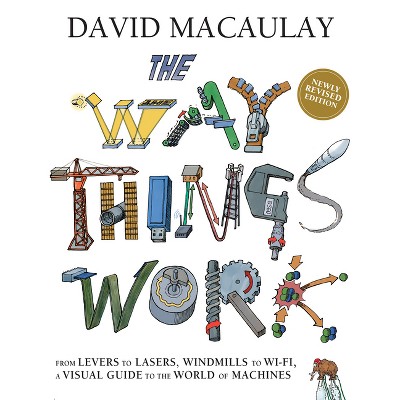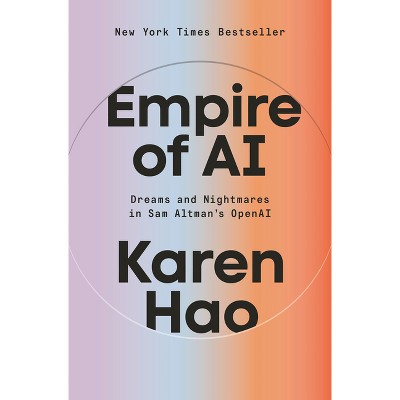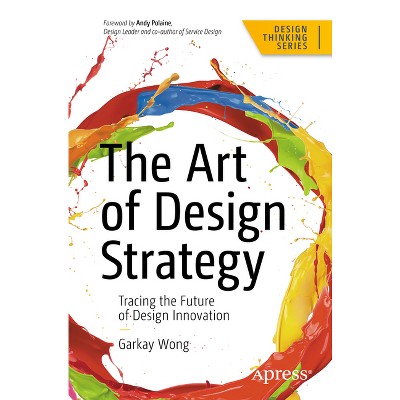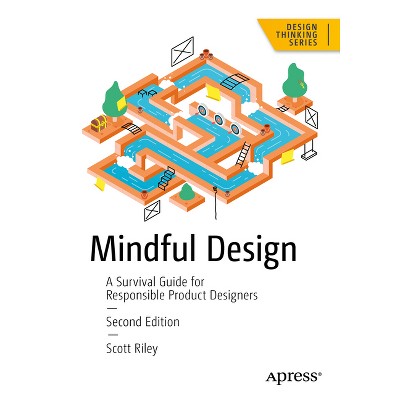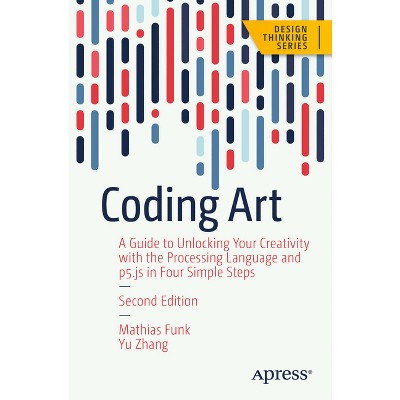Sponsored

Inclusive Design for a Digital World - (Design Thinking) 2nd Edition by Reginé M Gilbert (Paperback)
In Stock
Sponsored
About this item
Highlights
- Approach digital design with care, curiosity, and the people most often left out.
- About the Author: Reginé Gilbert is a designer, educator, and author whose work sits at the intersection of inclusive design, emerging technology, and transformational leadership.
- 564 Pages
- Computers + Internet, Human and Computer Interaction
- Series Name: Design Thinking
Description
Book Synopsis
Approach digital design with care, curiosity, and the people most often left out. This book invites you to rethink how we create digital systems, products, and tools, not just to meet accessibility requirements, but to shape a more inclusive future. UX design professor and author Regine Gilbert provides a thoughtful, practical, and global perspective on designing with empathy and intention across websites, apps, games, and emerging technologies like AI, VR, and AR. This expanded edition reflects the rapid evolution of the tech landscape. It features up-to-date guidance on the Web Content Accessibility Guidelines (WCAG 2.2), the European Accessibility Act, and international standards. It also explores the intersection of AI and accessibility, examining both the promises and risks of machine learning, automated tools, and algorithmic bias. You'll learn how to ask better questions, challenge assumptions, and design for real human experiences, especially for those historically excluded. Inclusive Design for a Digital World, Second Edition isn't a checklist or a fix-it manual, it's a collection of reflections, case studies, questions, and examples that help you design with more people in mind from the start. Whether you're working on a subway kiosk, an AI chatbot, a learning app, or a video game, inclusive design is about recognizing who's being left out and doing the work to build systems that allow more people to participate, contribute, and belong. What You Will Learn:- Apply WCAG 2.2 and understand how to meet international compliance requirements Navigate the European Accessibility Act (EAA) and its implications for digital products Design inclusive experiences for users with visual, motor, auditory, and cognitive disabilities Identify how AI and machine learning impact accessibility and inclusion--both positively and negatively Incorporate assistive technologies into your design and testing workflows Create accessible mobile apps, websites, video games, and immersive experiences like VR and AR Conduct user research and usability testing with diverse participants Build inclusive design systems and content architectures from the ground up
From the Back Cover
This book invites you to rethink how we create digital systems, products, and tools, not just to meet accessibility requirements, but to shape a more inclusive future. UX design leader and author Reginé Gilbert provides a thoughtful, practical, and global perspective on designing with empathy and intention across websites, apps, games and emerging technologies.
This updated and expanded edition reflects the rapid evolution of the tech landscape, featuring up-to-date guidance on the Web Content Accessibility Guidelines (WCAG 2.2), the European Accessibility Act, and international standards. It also explores the intersection of AI and accessibility, examining both the promises and risks of machine learning, automated tools, and algorithmic bias. You'll learn how to ask better questions, challenge assumptions and design for real human experiences, especially for those historically excluded.
Inclusive Design for a Digital World isn't a checklist or a fix-it manual, it's a collection of reflections, case studies, questions, and examples that help you design with more people in mind from the start. Whether you're working on a subway kiosk, an AI chatbot, a learning app, or a video game, inclusive design is about recognizing who's being left out and doing the work to build systems that allow more people to participate, contribute, and belong.
You Will:
- Learn to apply WCAG 2.2 and understand how to meet international compliance requirements
- Navigate the European Accessibility Act (EAA) and its implications for digital products
- Design inclusive experiences for users with visual, motor, auditory, and cognitive disabilities
- Incorporate assistive technologies into your design and testing workflows
- Create accessible mobile apps, websites, video games, and immersive experiences like VR and AR
- Conduct user research and usability testing with diverse participants
- Build inclusive design systems and content architectures from the ground up
About the Author
Reginé Gilbert is a designer, educator, and author whose work sits at the intersection of inclusive design, emerging technology, and transformational leadership. With a focus on accessibility and equity, she helps organizations and teams navigate change through human-centered design and inclusive digital practices. Her research explores how inclusive design principles can shape the development of technologies like AI, XR, and spatial computing to better serve diverse communities. She is the author of Inclusive Design for a Digital World and co-author of the forthcoming Human Spatial Computing (Oxford University Press, 2025).With more than a decade of experience across tech and education, Reginé brings a systems-thinking approach to change management, supporting teams in building accessible, future-ready products that center people from the start.Shipping details
Return details
Frequently bought together

Trending Computers & Technology Books






